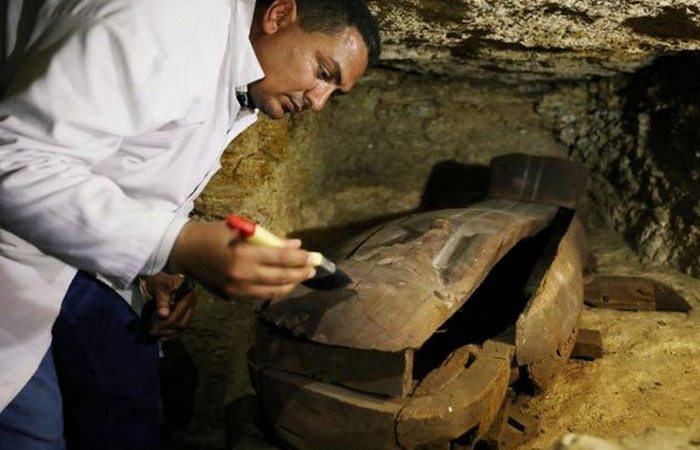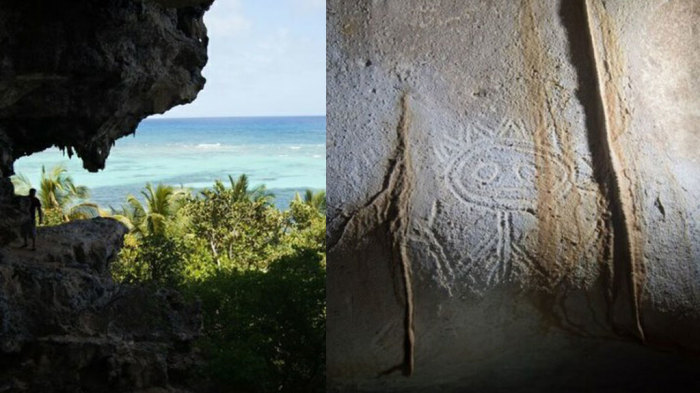even punished the slaves
The mystery of the Roman Lycurgus Cup: Nanotechnology in the ancient world?
 The British Museum holds a very beautiful ancient exhibit – the Roman Lycurgus Cup. But he is more famous for his unusual optical properties. Under normal lighting, the goblet appears yellowish-green, and in transmitted light it acquires a deep wine-red hue. Only in 1990, scientists were able to reveal the secret of these unique properties, but how could such an effect be achieved in ancient times? After all, these are the real nanotechnologies …
The British Museum holds a very beautiful ancient exhibit – the Roman Lycurgus Cup. But he is more famous for his unusual optical properties. Under normal lighting, the goblet appears yellowish-green, and in transmitted light it acquires a deep wine-red hue. Only in 1990, scientists were able to reveal the secret of these unique properties, but how could such an effect be achieved in ancient times? After all, these are the real nanotechnologies …
The cup is a so-called diatret – a double-walled bell covered with a figured pattern. Its height is 16.5, and its diameter is 13.2 centimeters.
The earliest found diatrets belong to the 1st century BC. n e., and their heyday reached its production in the III and IV centuries. Diatrets in that era were considered very expensive items and were available only to the rich. Continue reading
Egypt is not one: Where and why the ancients built the pyramids
 Everyone knows about the famous pyramids of Egypt. Thanks to their huge size and amazingly accurate engineering, it seems that these otherworldly artifacts just grew up in the desert. But the pyramid is a fairly common form to which ancient and modern builders resorted to creating impressive structures. We give examples of 10 lesser-known pyramids, which deserve no less attention than those that were built in Giza.
Everyone knows about the famous pyramids of Egypt. Thanks to their huge size and amazingly accurate engineering, it seems that these otherworldly artifacts just grew up in the desert. But the pyramid is a fairly common form to which ancient and modern builders resorted to creating impressive structures. We give examples of 10 lesser-known pyramids, which deserve no less attention than those that were built in Giza.
1. Pyramid “Helmets of the First World War”
USA
Pickelhaube (or pickelhaube) – a pointed German helmet of soldiers of the First World War, became a collective image of enemy invaders, which can often be found in comedies. When World War I ended, the victors wanted to create a symbol to demonstrate their triumph. As a result, it was decided to build a pyramid of captured German helmets in New York. Continue reading
Mayan Crystal Skull Riddle: Ritual Props of the Priests or Fake Archaeologists
 It was an early summer morning on the Yucatan Peninsula. Archaeologists who excavated the ancient Mayan temple recently woke up and were just about to start work. But the youngest participant of this expedition, a girl named Anna, was already near the destroyed altar found on the eve and with might and main worked with a brush. On this day, she turned 17 years old, and she dreamed of finding something unusual in the excavation – for her it would be the best gift.
It was an early summer morning on the Yucatan Peninsula. Archaeologists who excavated the ancient Mayan temple recently woke up and were just about to start work. But the youngest participant of this expedition, a girl named Anna, was already near the destroyed altar found on the eve and with might and main worked with a brush. On this day, she turned 17 years old, and she dreamed of finding something unusual in the excavation – for her it would be the best gift.
And Anna’s dream came true.
Another movement of the brush – and out of the ground came through something smooth and shiny in the sun. A few more minutes of excavation – and the girl was already holding a truly amazing find. A human skull made of the purest rock crystal! Continue reading



